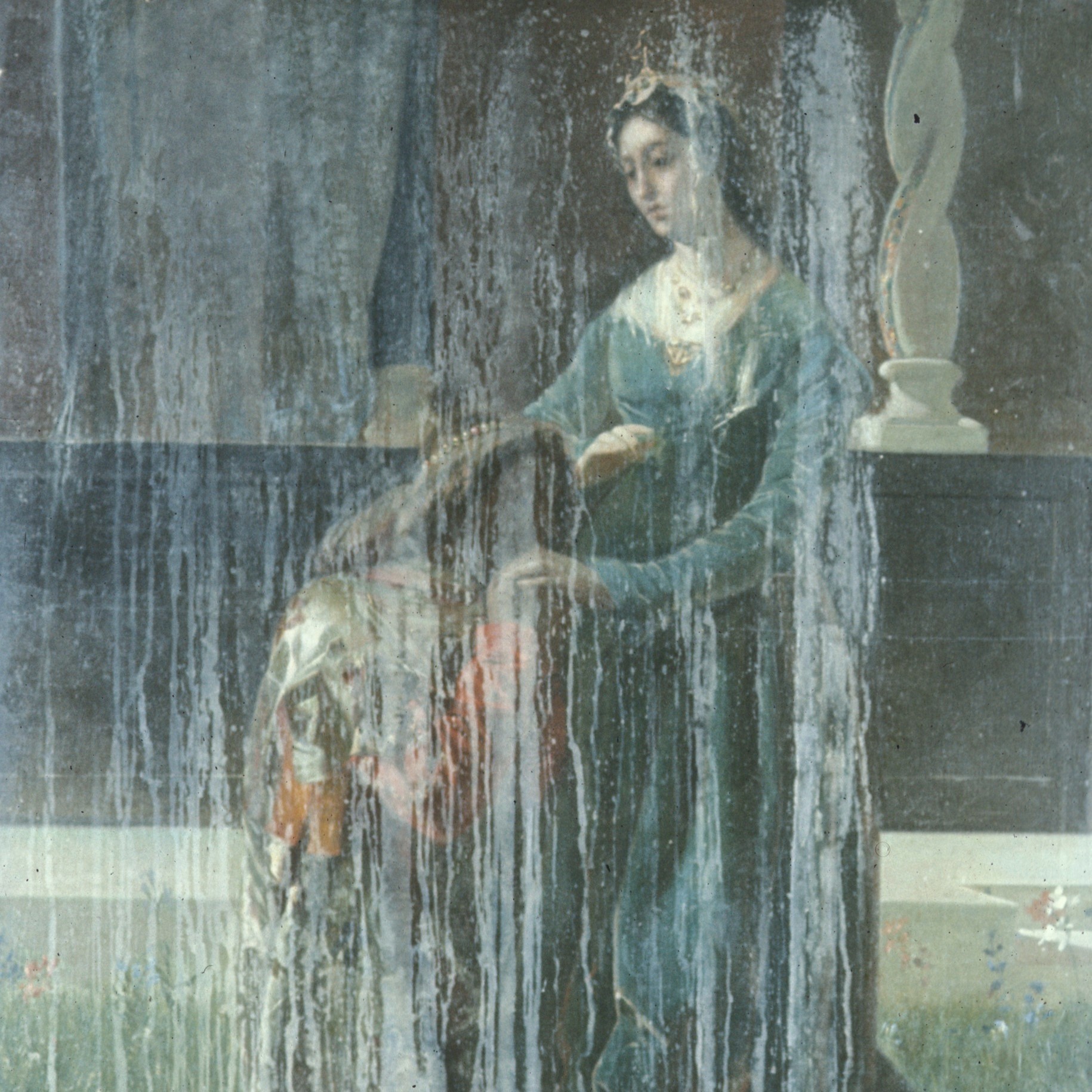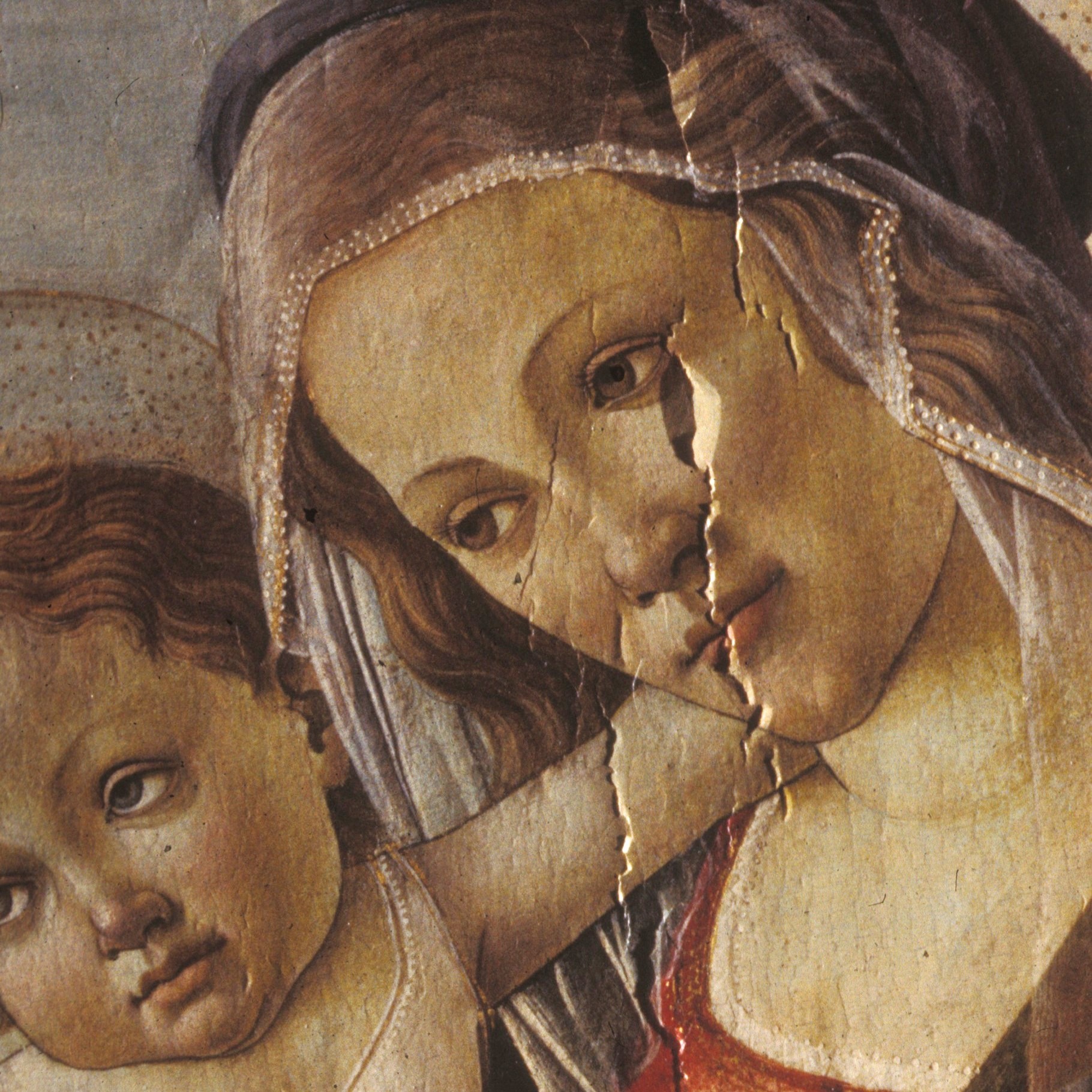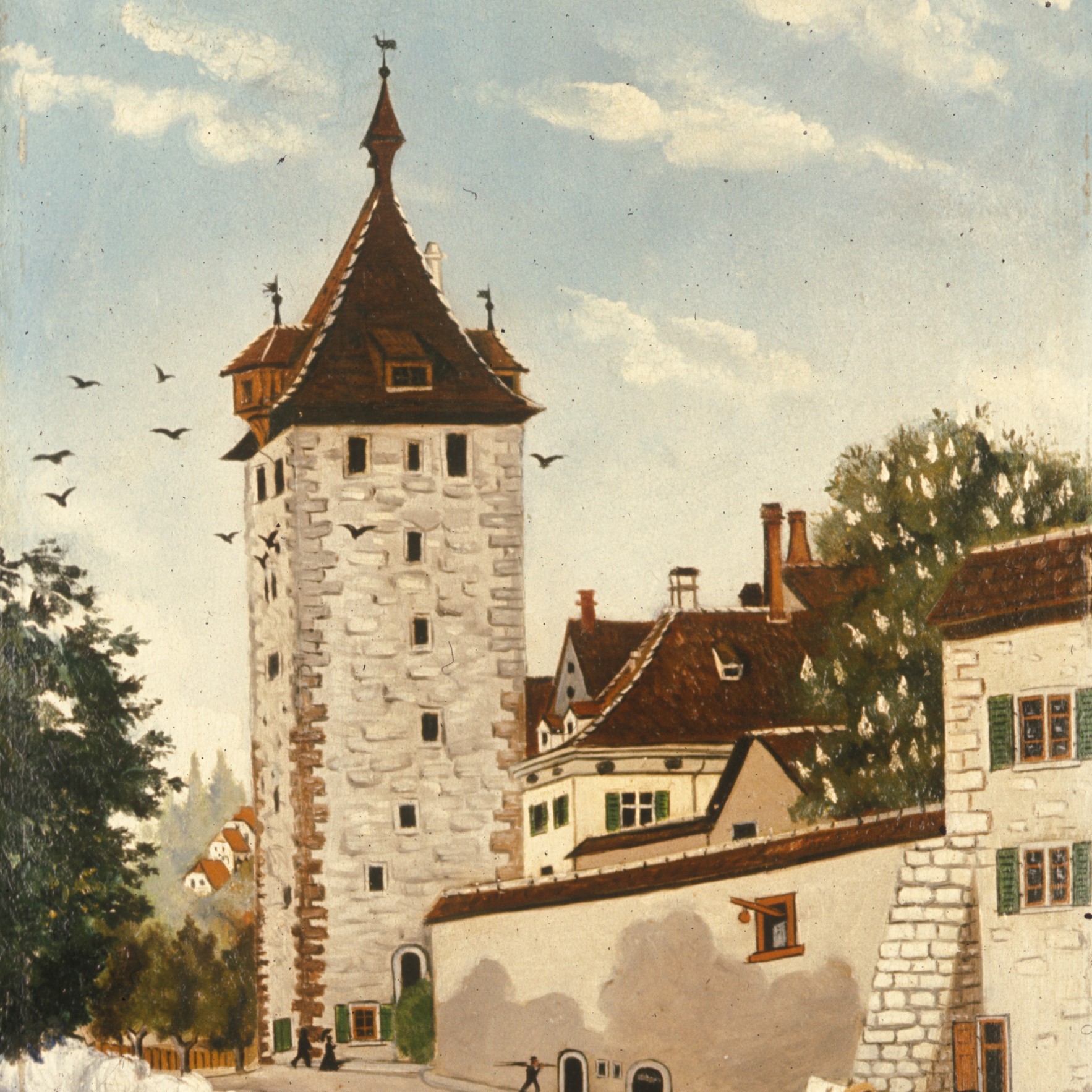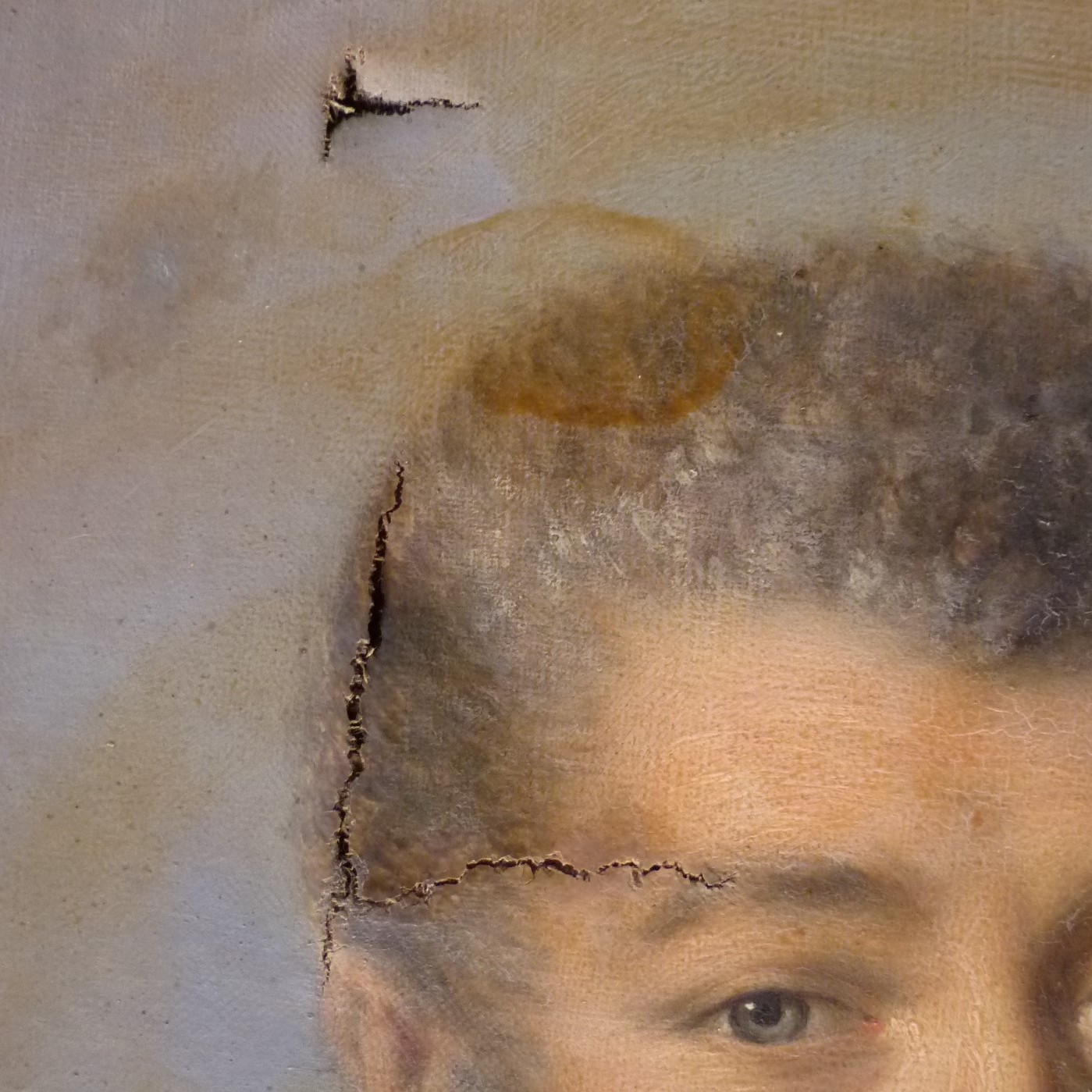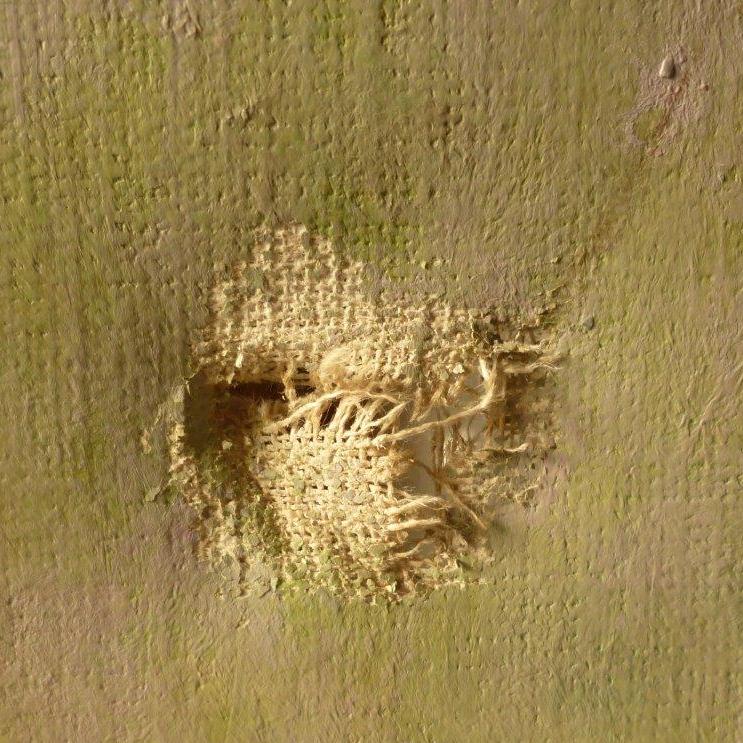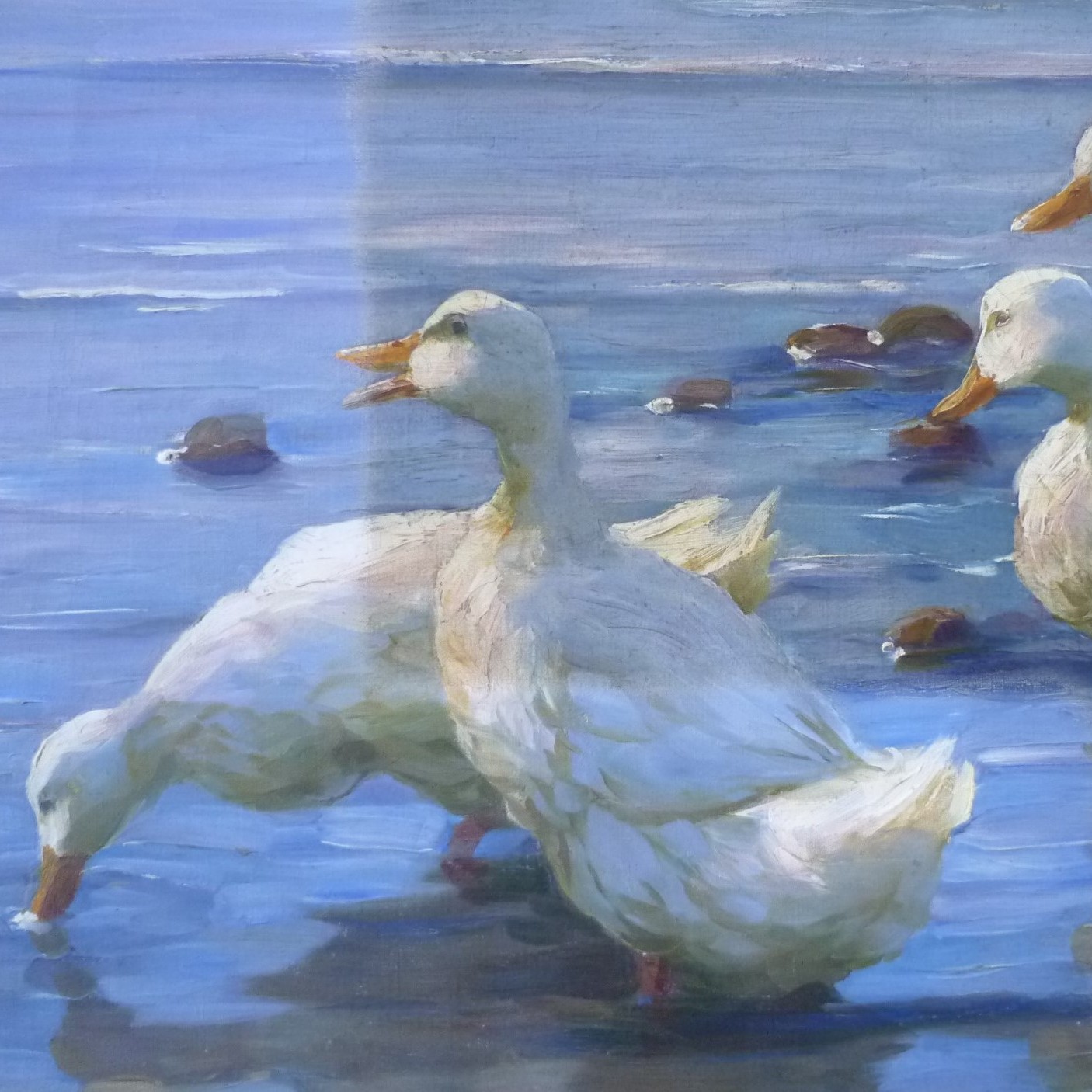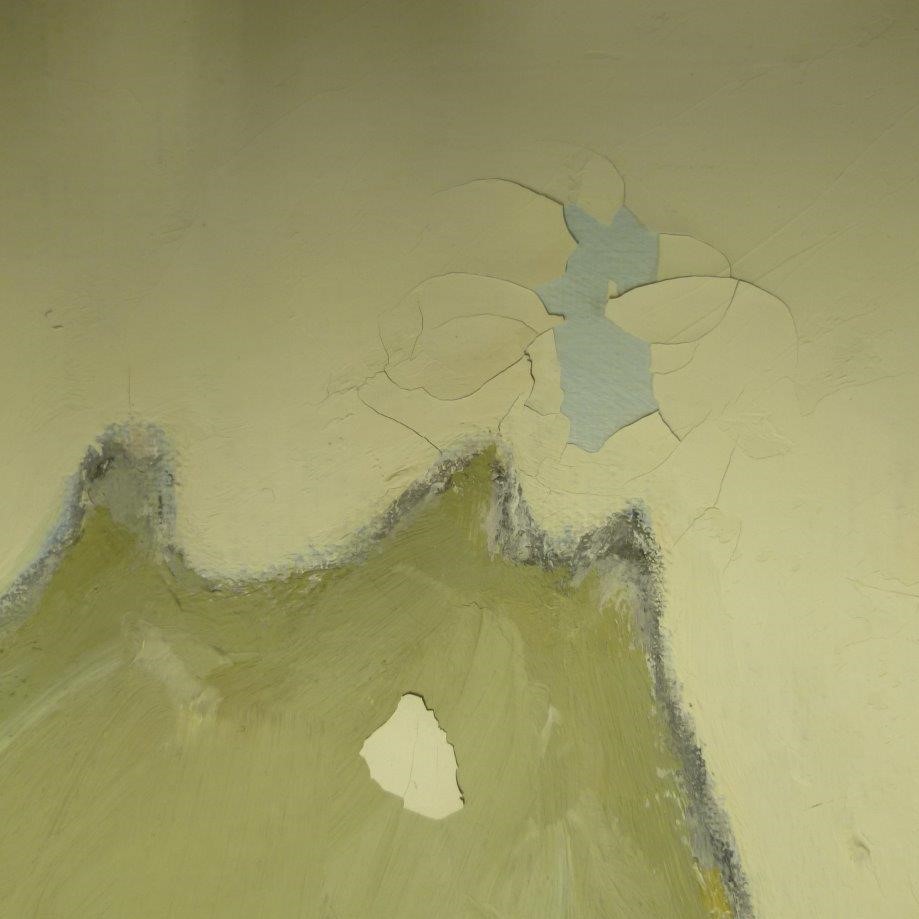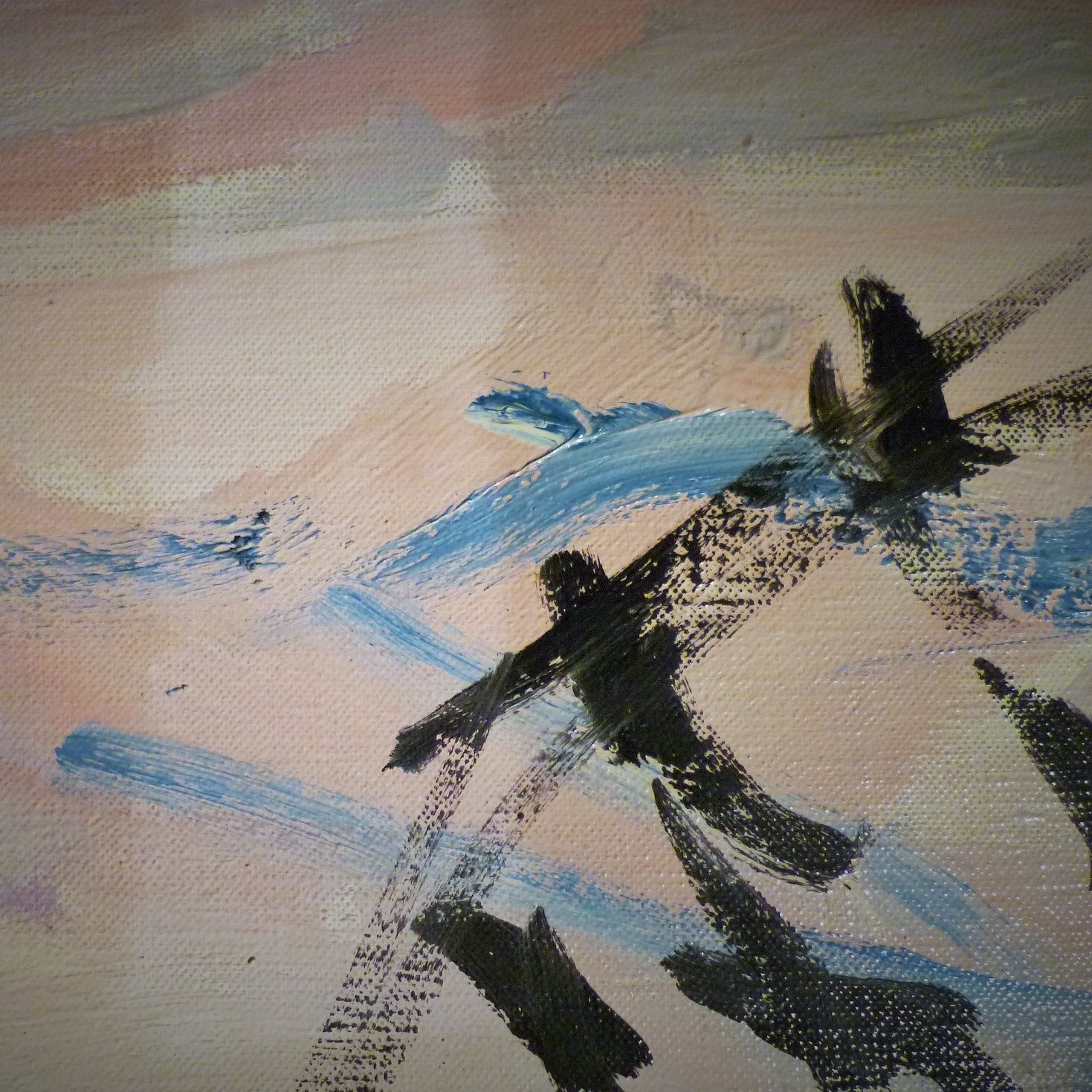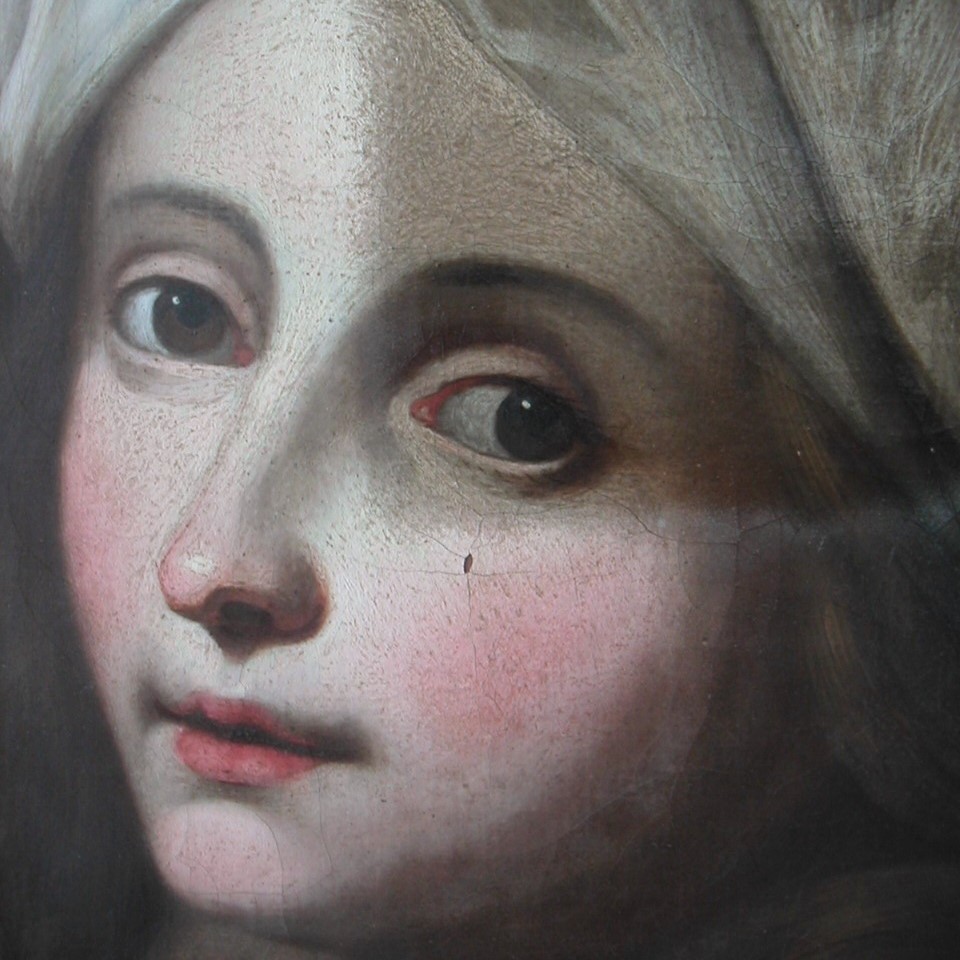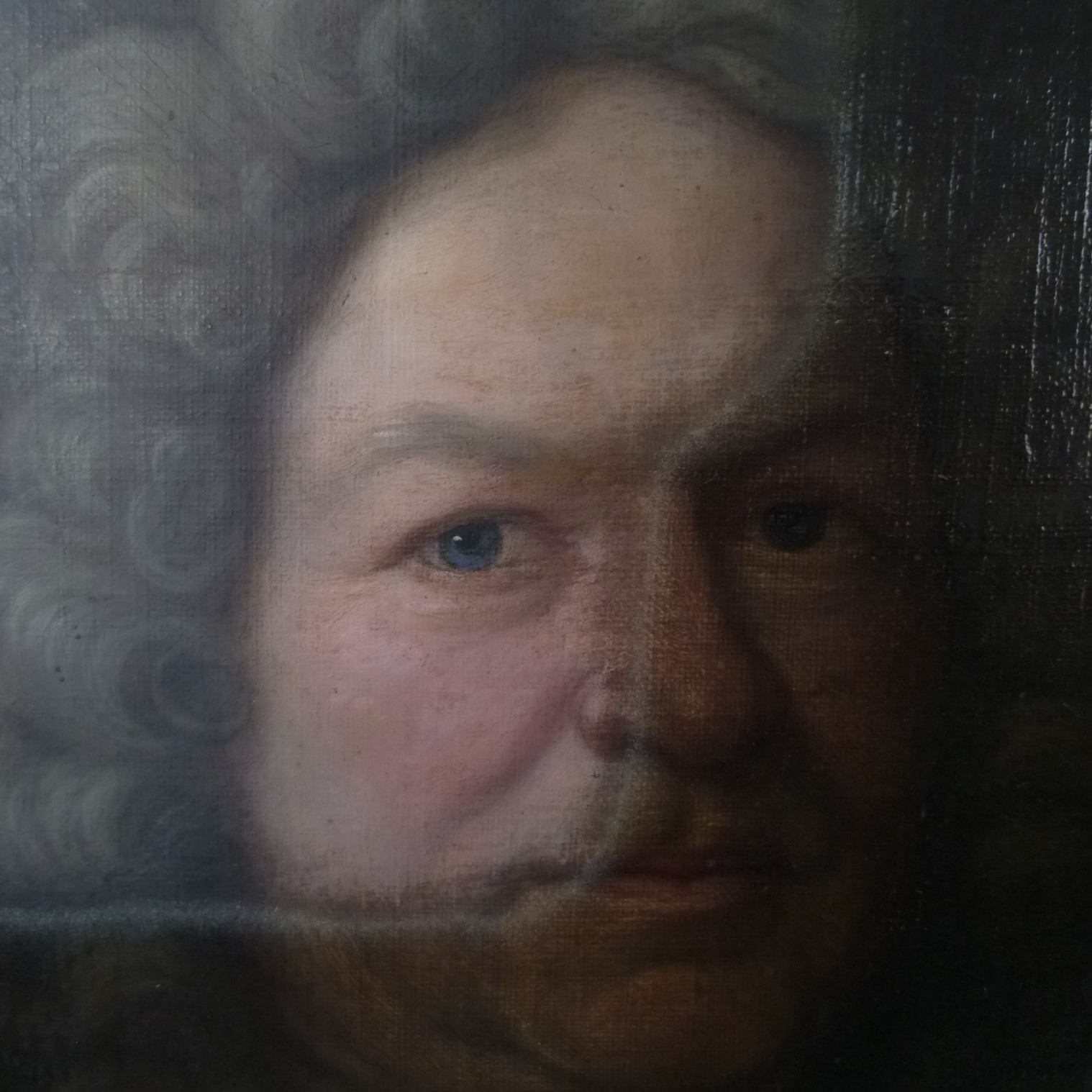From old master pictures to contemporary art including classical modernity, the conservation problems occurring on painted objects are many and varied, each case presenting a different set of possible degenerative incidents. The interplay between varnish, paint layers, ground and supports made of wood, canvas or other, can result in various types of damages which we treat whenever possible with reversible methods. During the entire duration of conservation the objects are stored in a safe which can house large format works of art.
Following below is a selection of conservational treatments which we can offer to paintings or other painted objects:
- removal of yellowed or degraded varnishes of every composition (synthetic, dammar, shellac, etc.). Notably using the ‘micro friction’ method particularly suited for paintings with chemically insoluble varnishes, bituminous damage or for removal of other disfiguring layers (e.g. spray damages).
- removal of unsuitable old linings
- restoration of torn or faulty canvas
- protective surface treatments and if necessary application of a new coat of varnish (synthetic or other)
- strip-linings (reinforcement by means of application of a supplementary support) with canvas, acid-free paper or cardboard, or other suitable supports, with or without interleaf
- consolidation of split or damaged panel paintings (woodworm)
- lowering and consolidation of raised or loose paint layers
- retouching and adaptation of paint losses
- treatment of water- or fire damages on paintings or other objects of art
- stretching of rolled up paintings on custom made wooden (or other) stretchers
- treatment of bulges and distortions in paintings

